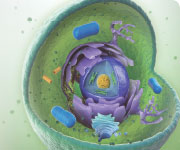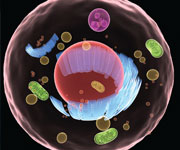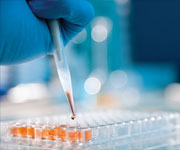OccamzRazer
Member
- Joined
- Feb 13, 2021
- Messages
- 2,060
Good physique! Height and weight, if I can ask?All valid points for discussion. I did tried increasing B-vitamins, zinc etc. but none helped for skin specifically, even though it helped with a lot of other metabolic things.
Here is a quick physique update - Eating close to 4k calories a day and training once or twice a week.
View attachment 23048
Have you tried higher frequency training?
If anti stress measures are taken I think the benefits of more training outweigh the risks, at least for a young person.




